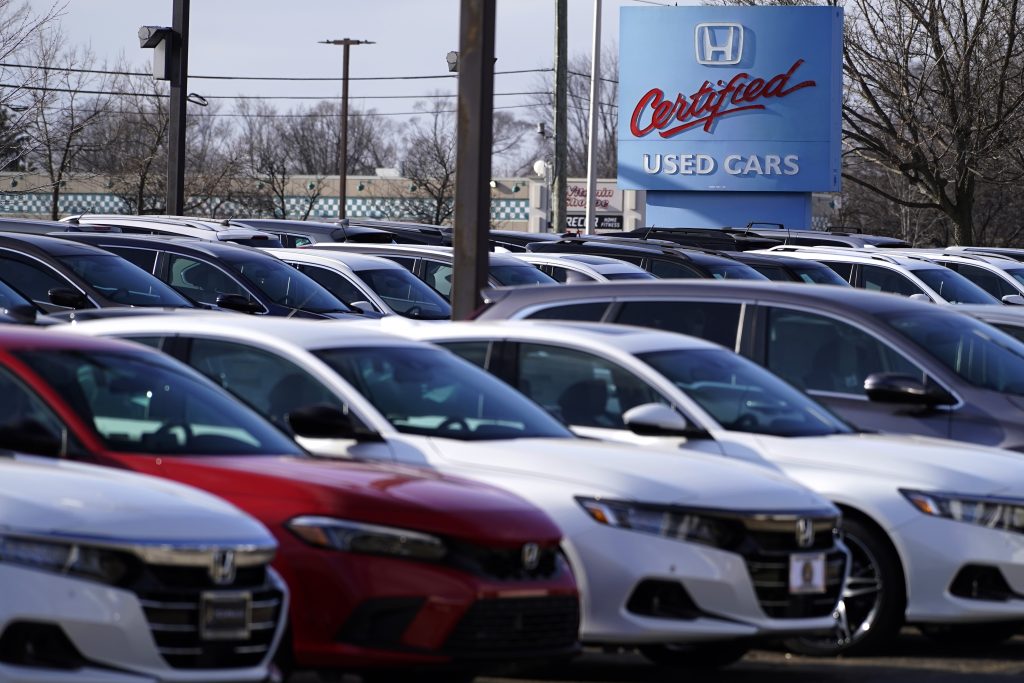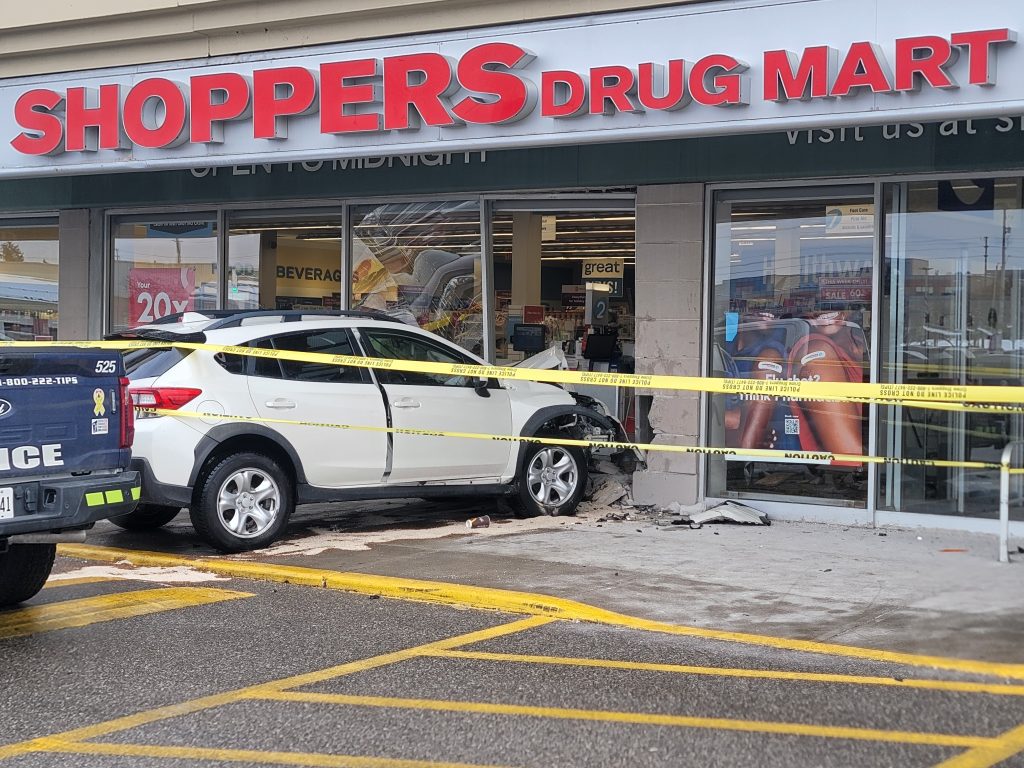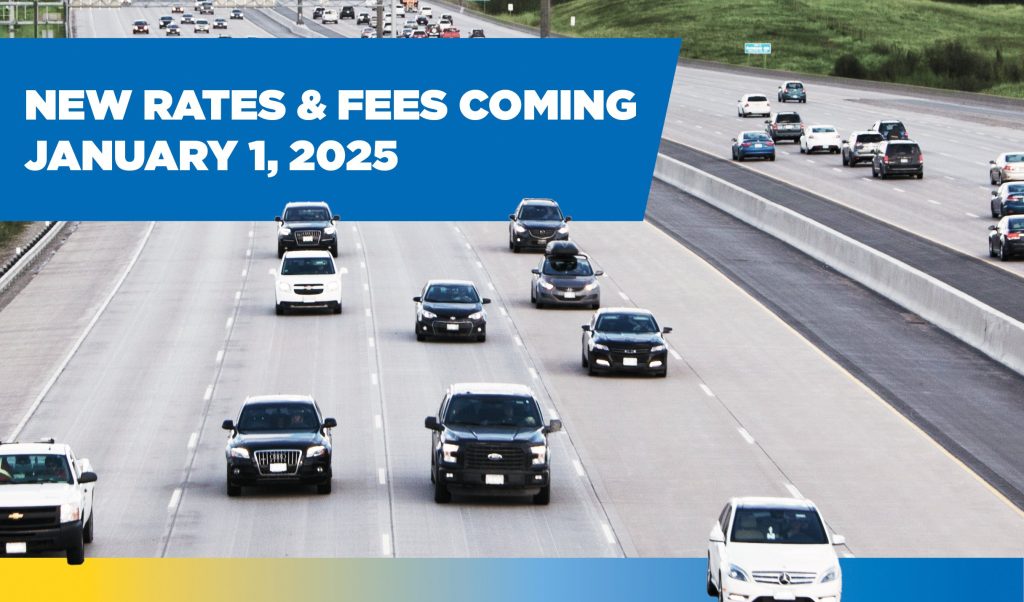Why buying a new vehicle is still a rough ride

Posted June 15, 2022 1:24 pm.
At the Maple Auto Mall in Vaughan, vehicles are sold before they hit the dealership floor and buyers are being told to be prepared to wait weeks, months or even the next model year for their new wheels to get on the road.
“The demand is through the roof,” the general manager of Maple Toyota, Bill Wood, told CityNews.
It’s not any different at the Acura dealer across the street. General Manager Paulo Gomes said the showrooms are bare and so are the lots.
“Most of our business right now are factory orders. Ordering from the factory and waiting for that car to arrive,” he told CityNews.
“Right now, we have just stacks of paper of sold units,” added Julio Romanutti, a sales consultant at the Maple Hyundai next door.
The president of Global Automakers of Canada David Adams told CityNews in an interview the main culprit behind the limited inventory remains a global shortage of microchips, a key component of a variety of vehicle features.
He said with demand outpacing supply, shoppers are not only having a hard time finding their car of choice, but also the deals.
“Dealers and manufacturers, they don’t have to offer incentives let me put it that way,” said Adams, who attributes the sticker shock to scarcity in the market rather than solely inflation.
Industry experts say the new vehicle shortages have driven up demand for preowned vehicles, so they’re actually increasing in value.
According to AutoTrader’s latest price index, the average new vehicle cost $54,048 in May, while the average used vehicle increased 36 per cent year-over-year to $37,984, the highest recorded used vehicle price to date.
Baris Akyurek, the director of marketing intelligence at AutoTrader, told CityNews that May brought some normalization in a few provinces. He noted British Columbia, Manitoba and Saskatchewan experienced small month-over-month declines in prices.
But while Akyurek said new car production has been improving since the beginning of April, as Wood at Maple Toyota pointed out: “The reality is we’ve got a lot of cars coming in, but we sold a lot more.”
Daniel Ross, a senior automotive analyst at Canadian Black Book, said their forecasts are predicting the industry will be playing catch up until at least the end of 2023.
“Now we’re saying in some scenarios that it could be as long as the first quarter of 2024. There’s no news that has come that is positive in regards to [supply and parts] shortages improving.”
Ross himself has struggled to find a new set of wheels. He needs to replace a leased car in a year but couldn’t find a hybrid vehicle, like he originally wanted, within that timeframe.
“And keep in mind I’m looking for a car for a year from now.”
If you don’t want to put your name on a waiting list for a new car, and you don’t want to pay a bit more for a used car, Ross suggested repairing the car you already have and hopefully the market will have cooled by the time you cannot delay purchasing a new car any longer.
Both Ross and Akyurek agree, with patience and research, shoppers can still come by a good deal.
If there’s one upside in this environment, Gomes said it’s a good time to sell an old vehicle.
“Trade-ins have never been worth more than they are right now, and a lot of dealers are able to maintain that trade value for some time until your new vehicle arrives.”








